Current media reports on a mysterious respiratory disease spreading in China evoke memories of the early days of the COVID-19 Pandemic. However, this heightened attention reflects the post-pandemic world’s increased sensitivity to outbreaks. While vigilance is essential, it can sometimes lead to exaggerated perceptions of threat, particularly for diseases that are well understood by medical experts. However, looking at international media provides a broader perspective—could the West, with its strained relations with China, be using the virus to further isolate China geopolitically? In other words, is the virus being weaponised against China?
Should We Worry?
Not much. Human Metapneumovirus (HMPV), the disease in question, is not new. Identified in 2001 by researchers in the Netherlands, it has been circulating among humans for at least 65 years, with virtually all children under the age of five infected at some point. Unlike COVID-19, which emerged as a novel virus, HMPV is part of a long-standing pattern of seasonal respiratory illnesses, such as influenza and respiratory syncytial virus (RSV). The human population has built up a degree of immunity to HMPV over time, which helps mitigate its impact.
HMPV and COVID-19 share similar transmission methods—via direct contact, respiratory droplets, or contaminated surfaces—and overlapping symptoms, including cough, fever, and difficulty breathing. However, the risks they pose are markedly different. COVID-19’s novelty and rapid mutation created a global health crisis, while HMPV typically causes mild respiratory symptoms in most individuals. Severe cases, such as bronchitis or pneumonia, are generally limited to vulnerable groups like young children, the elderly, or immunocompromised individuals.
One notable distinction is HMPV’s relative stability. Unlike COVID-19 or influenza, which mutate rapidly and produce new strains, HMPV has shown limited mutation over decades. This stability reduces its potential for widespread disruption and means reinfections occur after immunity wanes, not because of significant viral changes. Unlike COVID-19 and influenza there is currently no vaccine for HMPV and treatment is usually management of symptoms.
This heightened sensitivity should be tempered by an understanding of the facts: HMPV is not a new disease, and while it warrants monitoring for potential spikes, it is not on the same scale of threat as COVID-19. Proper public health measures, such as hand hygiene, vaccination, and targeted treatments, are already in place to manage HMPV, COVID-19, RSV, influenza and other similar viruses. However, these measures should be enforced more strictly, as the world has grown more relaxed following the COVID-19 Pandemic. The current spike in China is likely to peak in the weeks following Lunar New Year celebrations at the end of January, a period traditionally associated with increased travel and gatherings that facilitate the spread of respiratory illnesses like HMPV.
Why are they Blaming China?
The heightened media coverage of the HMPV virus, despite it neither being a new nor pandemic-level threat, can be largely attributed to ongoing geopolitical tensions between China and the West. Western outlets have frequently reported the virus’s spread with headlines often linking it to China, while omitting the fact that the virus actually identified in the Netherlands in 2001—an important detail rarely mentioned in these reports. This media focus seems to echo a narrative reminiscent of the 2020 COVID-19 era, during which China faced widespread criticism for its handling of the outbreak, which many believed contributed to the global spread of the virus. This period saw a polarised battle of narratives, further hindering China’s aspirations to assume a leadership role in global affairs, a position which was believed at that time to be vacated by the United States.
At that time, China was accused of being unresponsive to international criticism, prioritising its domestic control and economic interests over global cooperation. Its response was often described as aggressive, blending medical aid to other countries with nationalistic rhetoric and demands for gratitude, sometimes accompanied by economic threats. This approach, rather than fostering goodwill, intensified negative perceptions of China, especially in Europe and Africa, eroding its image as a generous global actor. Western leaders and commentators frequently labelled China’s foreign policy as “Wolf Warrior” diplomacy, a term derived from two hyper-patriotic Chinese films that portray American-led foreign mercenaries as evil antagonists meeting a fiery end.
Why now? The emergence of this new virus coincides with an increasingly widening rift between China and the West. It is believed that the relationship between the two powers is heading toward greater turbulence, while not considered the only reasons, there are two key factors: China’s indirect support for Russia in the Ukraine war and its evolving economic strategy.
China has been providing various forms of support to Russia, such as increasing oil purchases and supplying key components and dual-use goods that aid Moscow’s war effort. Between 2022 and 2023, trade between Russia and China grew by 64%, reaching $240 billion in 2023 alone. China’s exports to Russia surged by 47% in 2023. Additionally, Beijing has offered diplomatic backing for Moscow, placing blame on the United States and NATO expansion for provoking Russia’s invasion. During recent meetings with Chinese President Xi Jinping, German Chancellor Olaf Scholz and French President Emmanuel Macron made it clear that improving relations with Europe hinges on China reducing its support for Russia’s military actions. Similarly, during separate meetings with Xi, U.S. Treasury Secretary Janet Yellen and Secretary of State Antony Blinken warned that China’s continued provision of dual-use goods to Russia could lead to sanctions on Chinese banks.
The West’s concerns go beyond China’s support for Russia; there is also growing unease over China’s alignment with Iran and North Korea. Since the war began, both countries have become closer to Russia, directly supplying arms. While China insists it has not strengthened its ties with Iran or North Korea, it is purchasing increasing amounts of Iranian oil. To the West, these four nations—China, Russia, Iran, and North Korea—seem to be linked together. Another source of significant tension is China’s evolving economic model. For years, the property market and construction were central drivers of China’s economic growth. However, the government now seeks to replace this with “new quality productive forces,” focusing on high-tech industries. China aims to dominate global markets in sectors like electric vehicles (EVs), electric car batteries, wind turbines, and solar panels. This shift has raised concerns in both the U.S. and the EU, as they fear China’s overcapacity in these industries could lead to the dumping of excess goods on global markets, undermining their own emerging green-tech sectors.
This is not to suggest that the HMPV virus is not real or that the potential consequences of its spread should be ignored. However, it is important to view the situation with a broader perspective. In today’s global environment, almost everything can be politicised. Viruses, epidemics, and pandemics are often used by global powers to further their agendas or to prevent others from achieving theirs. In the case of HMPV, while the West seems to be attempting to leverage the situation against China, China has an opportunity to turn the Western media hype to its advantage—something it might find easier than during the COVID-19 crisis.
Given that the current situation is not as severe, China could take proactive steps to control the virus and embark on a health diplomacy initiative. This would allow China to highlight its compassionate side and begin rebuilding trust and its reputation as a responsible global power. In doing so, the Western narrative could ultimately prove counterproductive.
Al Habtoor Research Centre’s Commentary articles allow researchers to provide quick, informed responses to ongoing topics, emphasizing personal perspectives and expert opinions without the weight of exhaustive citations. This ensures agility in addressing rapidly evolving subjects and enriches the discourse with authentic insights.
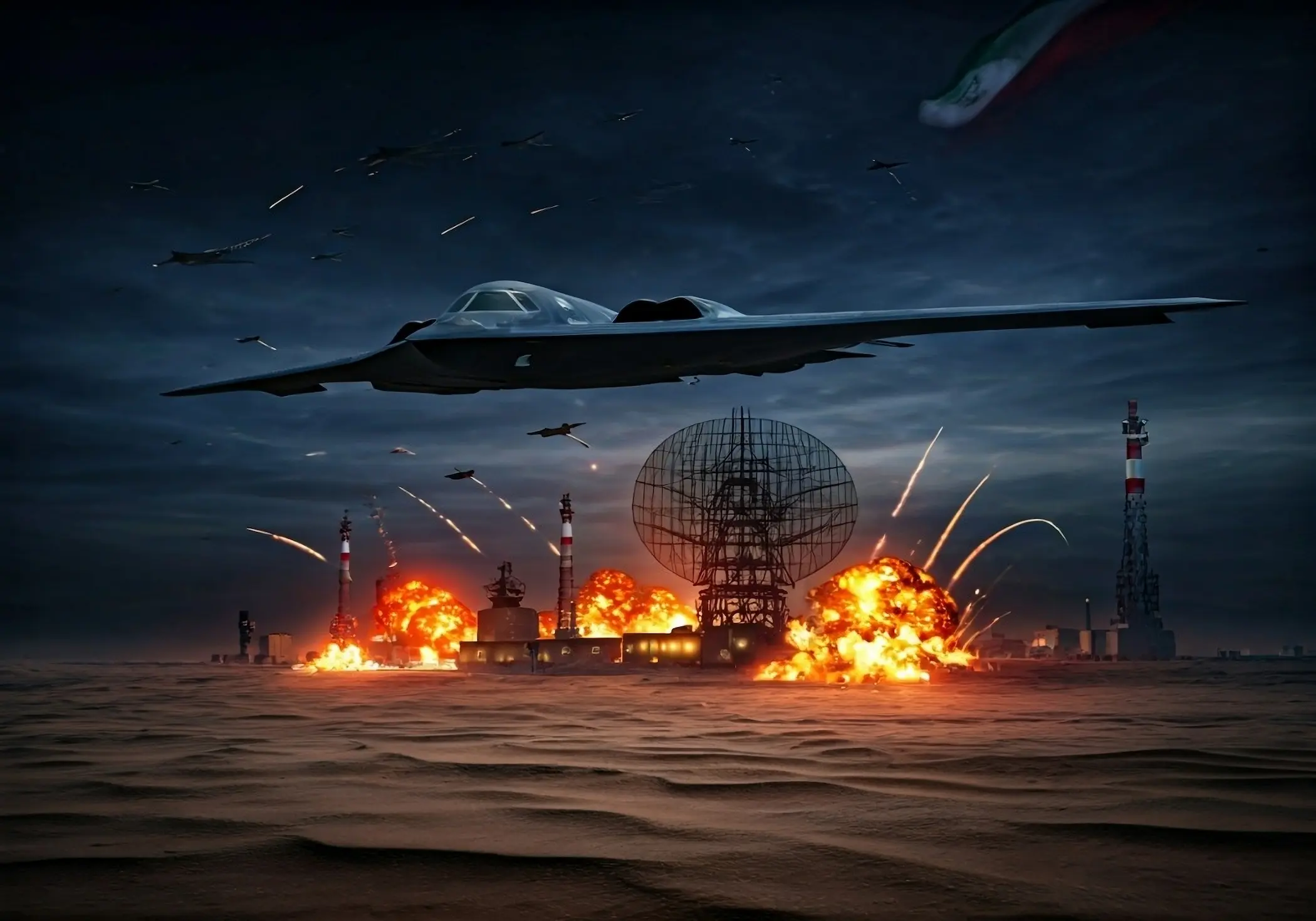

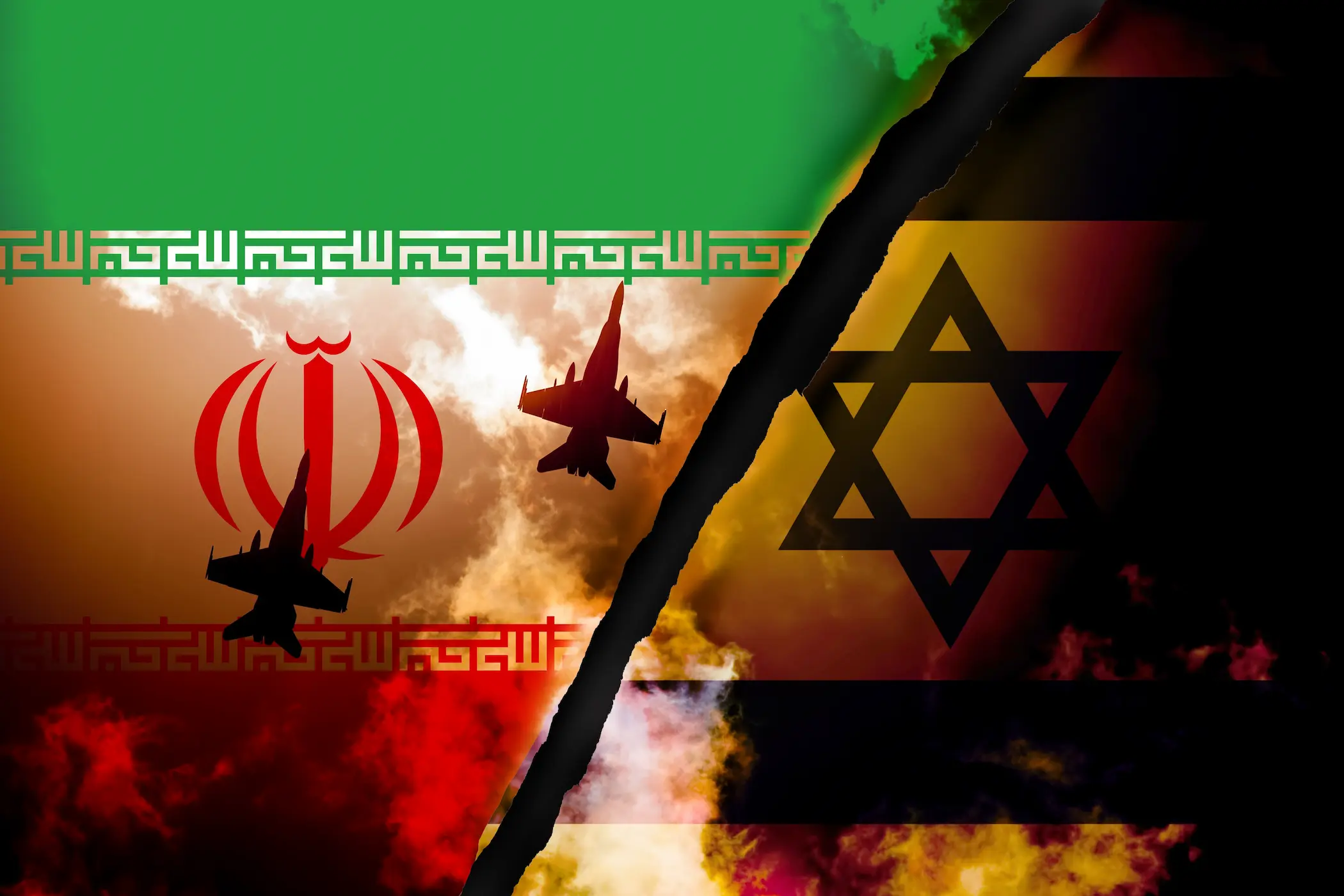



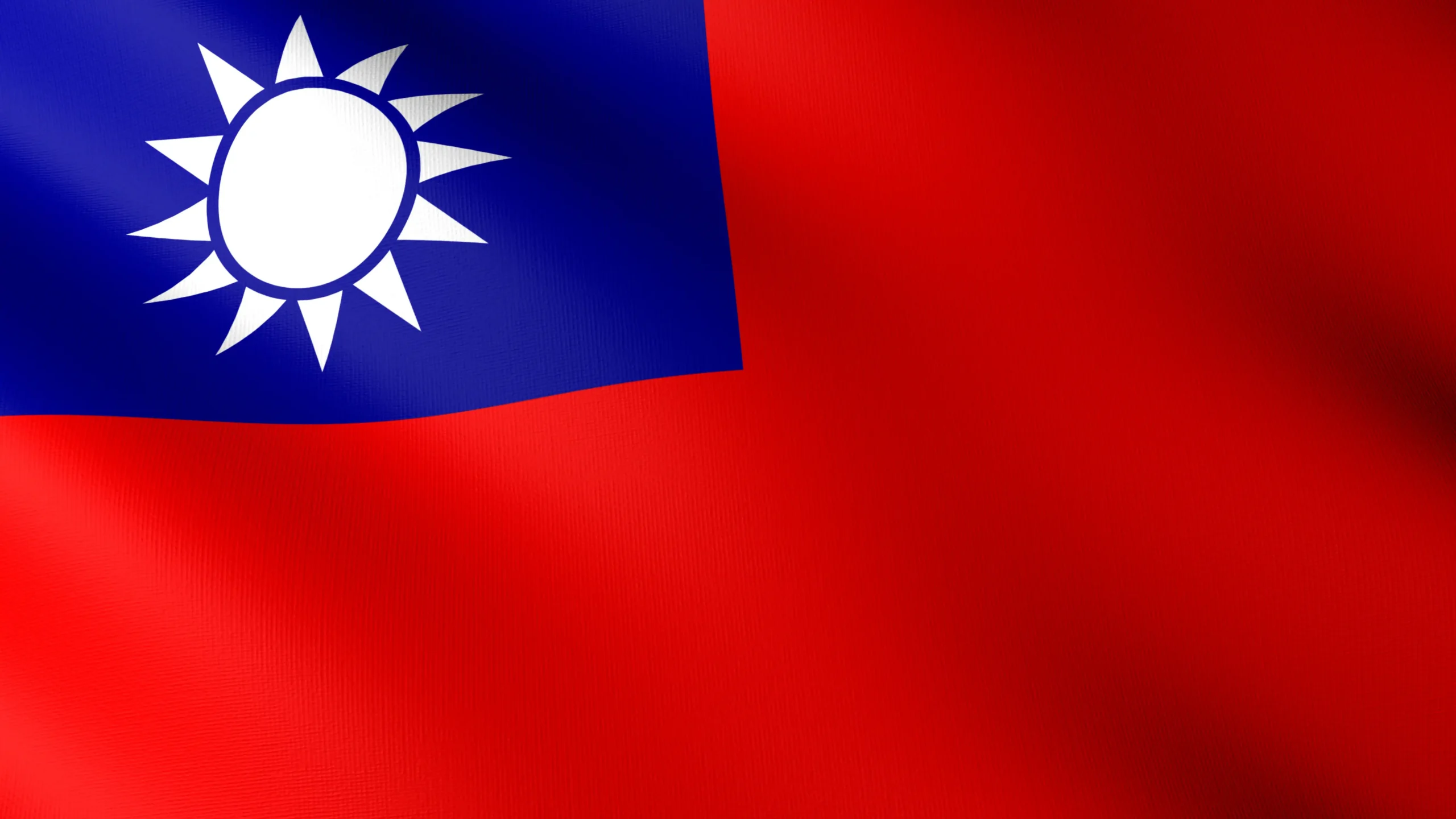
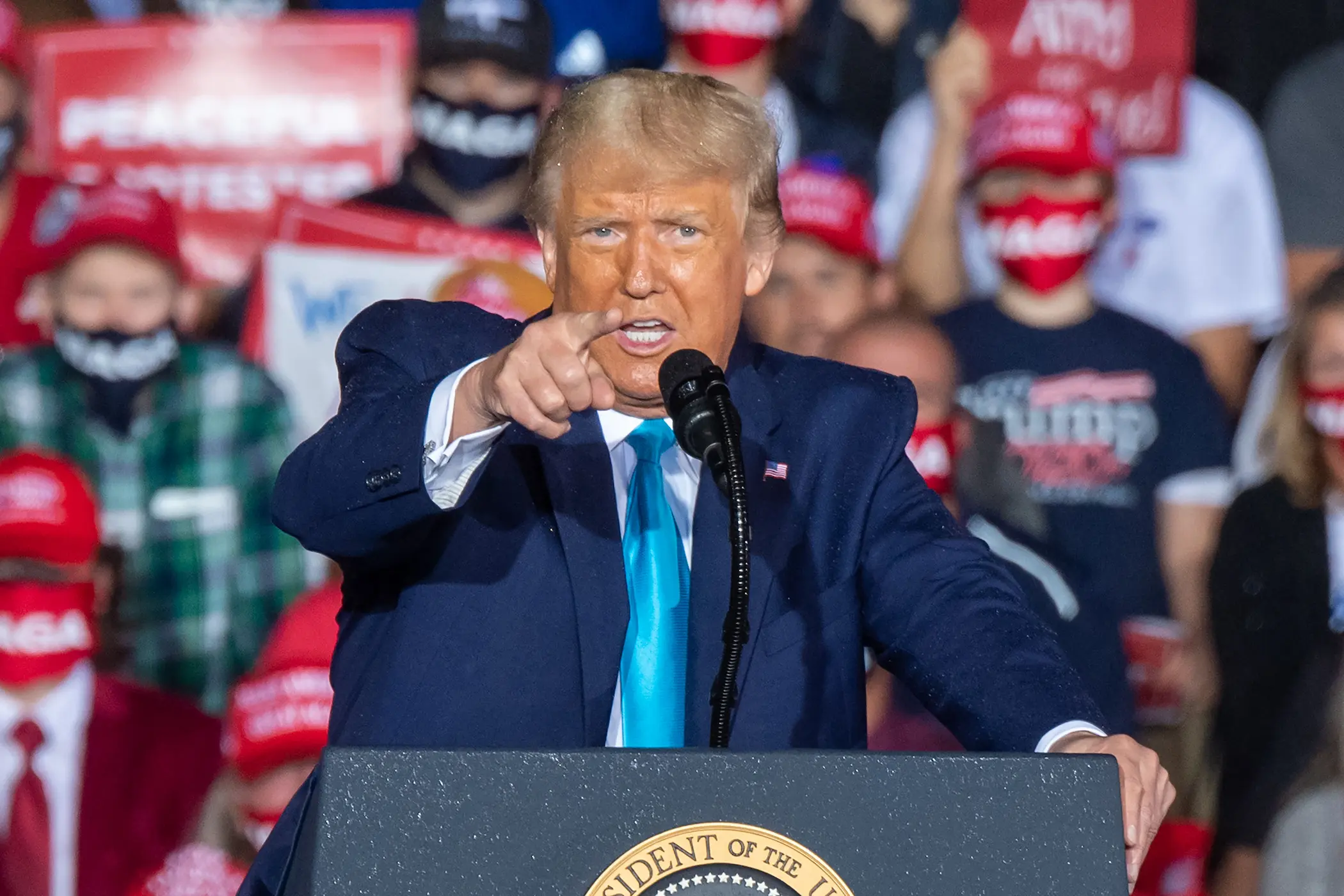
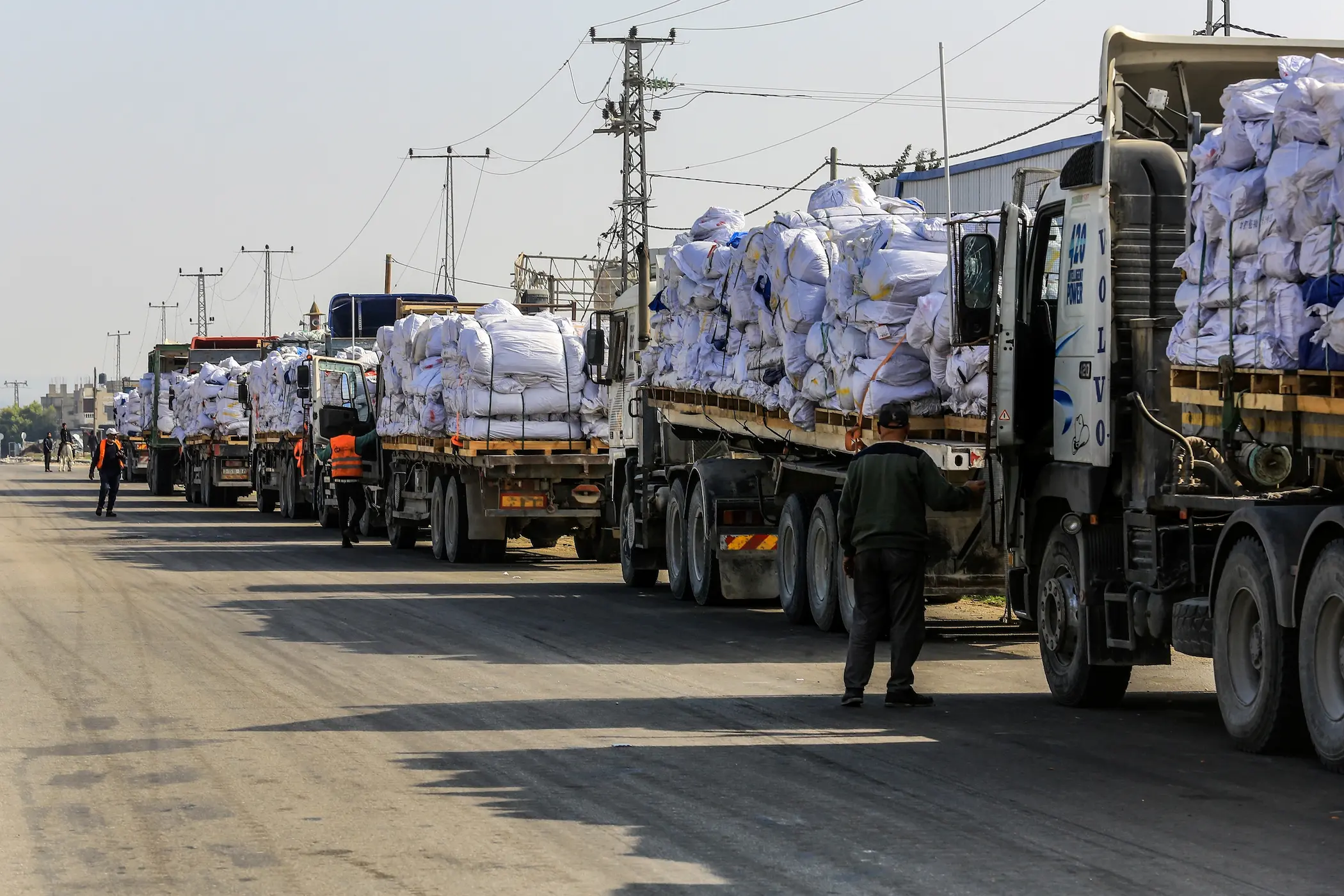
Comments